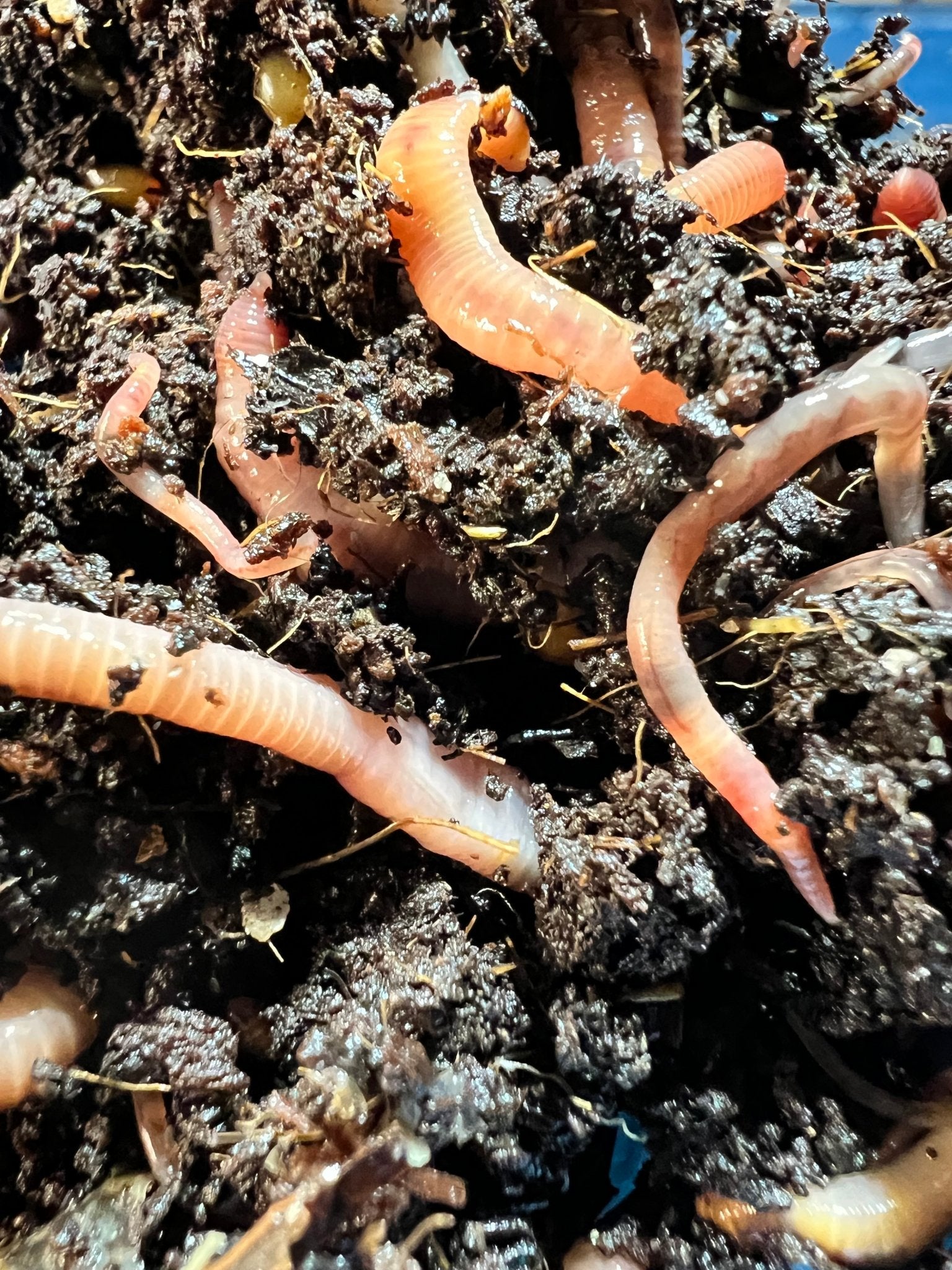How Red Wigglers Can Transform Your Composting Experience
The combination of red wigglers into composting techniques provides a transformative technique to squander administration and dirt enrichment. Comprehending the particular demands and advantages connected with keeping a flourishing worm populace is essential for maximizing their potential.
Advantages of Red Wigglers
Red wigglers, clinically referred to as Eisenia fetida, are a foundation of efficient composting systems due to their impressive capability to disintegrate natural issue successfully. These worms stand out in changing kitchen scraps, lawn waste, and various other organic products into nutrient-rich garden compost, commonly referred to as worm castings. Lake Hickory Bait. This process not only lowers land fill waste however also adds to sustainable horticulture techniques
One of the main advantages of red wigglers is their high recreation rate, allowing them to populate a composting setting rapidly. This fast multiplication enhances decay rates, leading to faster compost production. Additionally, red wigglers grow in a varied array of conditions, making them adaptable to numerous composting configurations.

Establishing Up Your Worm Bin
Ensure that the container has drain holes to stop water buildup, which can bring about anaerobic problems harmful to the worms. In addition, integrating air flow holes will help maintain appropriate moisture degrees and oxygen flow.
Following, it is important to offer bedding for the worms, which can consist of shredded newspaper, cardboard, or coconut coir. This bed linens not only supplies an environment for the worms but also aids in wetness retention.
Setting the worm container in a place that keeps a temperature series of 55-77 ° F(13-25 ° C) to optimize worm task. Avoid placing the bin in direct sunlight or severe temperatures. By complying with these standards, you can develop a favorable atmosphere for red wigglers, improving the effectiveness of your composting process.
What to Feed Your Worms

Providing a regular feeding schedule will aid keep your worm populace growing while improving the overall performance of your composting initiatives. By understanding what to feed your worms, you lay the groundwork for a successful and sustainable composting experience.
Maintaining a Healthy And Balanced Environment
Developing a prospering composting atmosphere for red wigglers requires interest to their environment, as it directly affects their health and wellness and efficiency. The ideal environment needs to maintain a balanced dampness degree, generally between 60-70%. Too much moisture can cause anaerobic problems, while insufficient dampness might dry out the worms.

The bed linens material in the compost must vary and shredded, integrating materials like cardboard, newspaper, and coconut coir. This not only offers a comfy setting but likewise functions as a food source. Lake Hickory Bait. Frequently looking for odors or signs of insects can aid identify potential issues before they escalate
Finally, maintaining a balanced pH level, ideally in between 6 and 7, makes sure a helpful habitat for red wigglers, cultivating their ability to procedure raw material successfully. By resolving these variables, you can produce a lasting and efficient composting ecosystem.
Harvesting and Making Use Of Garden Compost
Gathering garden compost from a worm bin is a rewarding process that changes organic waste into nutrient-rich product for gardens and plants. This can be done using techniques such as the "light" technique, where worms are attracted to light and can be scooped away from the leading layers, or by relocating the garden compost to one side of the bin and adding fresh bedding to the various other side, motivating the worms to move.
Once the worms are gotten rid of, the staying garden compost can be looked to get rid of any bigger fragments or undecomposed material. This rich compost can be used directly to yard beds, combined right into potting dirt, or used as a leading dressing for potted plants.
Verdict
Integrating red wigglers right into composting practices significantly improves the have a peek at these guys decay process and adds to the production of nutrient-rich vermicompost. The resulting worm spreadings enhance dirt framework, fertility, and microbial activity, inevitably promoting healthier plant growth.
Comments on “Discover Why Lake Hickory Bait is the Best Choice for Lawn Care Solutions”